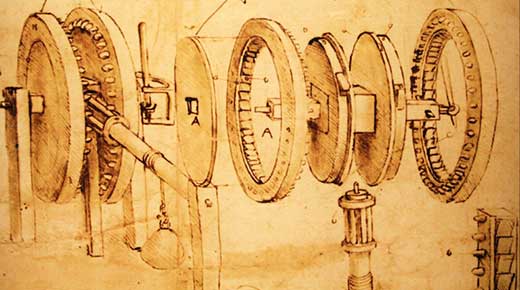For the past several years, I’ve been fascinated by how we think—and how that affects us, our leadership, and the organizations we’re a part of. A couple years ago I wrote about the beginner’s mind and the various forms of bias, particularly confirmation bias. During the past couple months, I’ve read three books that have expanded my view of how the world around us can influence how we think, and they have made me wonder about the impact on observation, discovery, and problem solving.
|
ADVERTISEMENT |
First off was Hans Rosling’s book, Factfulness: Ten Reasons We’re Wrong About the World—and Why Things Are Better Than You Think (Flatiron Books, 2018).
…

Add new comment